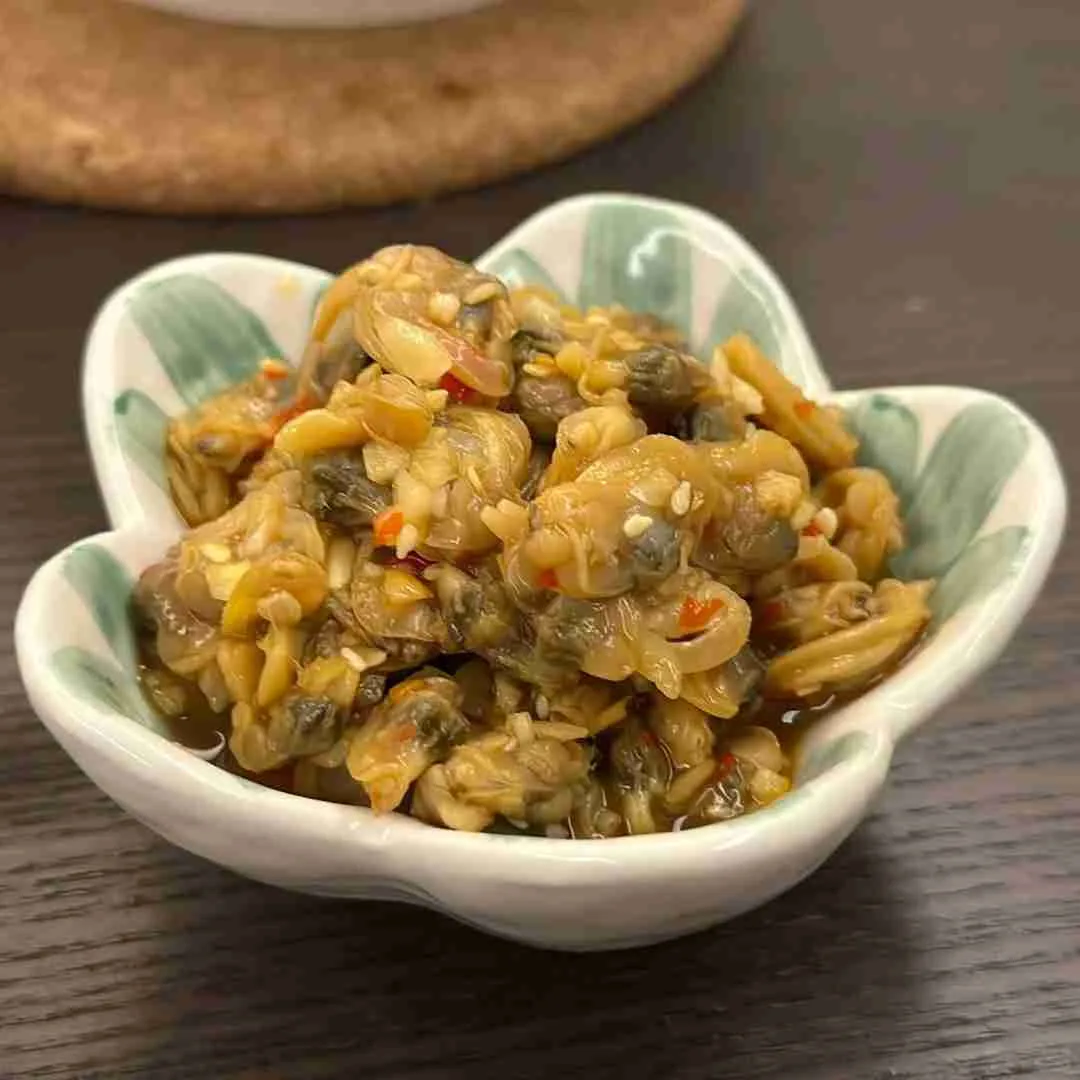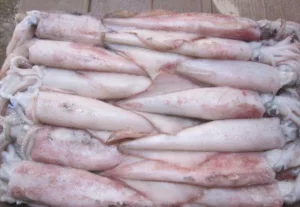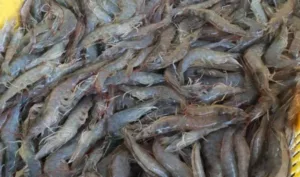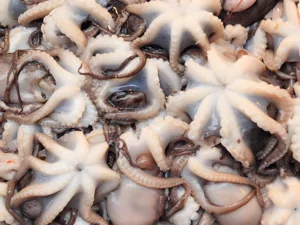When it comes to cooking frozen clams, it’s essential to understand the proper techniques to ensure a delectable seafood dish. From defrosting to seasoning and cooking, each step plays a crucial role in achieving the perfect flavor and texture. In this guide, we will walk you through the process of preparing frozen clams, providing you with valuable tips and insights for a culinary experience that delights the taste buds.
—
**I. Defrosting Frozen Clams**
A. Proper Defrosting Techniques
To begin the cooking process, it’s vital to defrost the frozen clams correctly. One method involves placing the clams in a bowl and allowing them to thaw in the refrigerator overnight. This gradual thawing process helps maintain the clams’ natural juices and flavors, resulting in a more succulent end product.
B. Avoiding Cross-Contamination
When defrosting frozen clams, it’s crucial to prevent cross-contamination by keeping them separate from other foods. Use a sealed container or plastic bag to contain the clams and place them on the bottom shelf of the refrigerator to prevent any potential leaks from reaching other items.
—
**II. Seasoning and Preparing Frozen Clams**
A. Flavorful Seasoning Options
Once the clams are properly defrosted, the next step involves seasoning and preparing them for cooking. Popular seasoning options include garlic, butter, lemon juice, and fresh herbs. These flavorful additions complement the natural taste of the clams, enhancing the overall dining experience.
B. Tips for Optimal Preparing
When preparing frozen clams, it’s essential to inspect each clam for any signs of damage or spoilage. Discard any clams that appear to be open or have cracked shells, as they may not be safe to consume. Additionally, rinsing the clams under cold water can help remove any remaining ice or debris, ensuring a clean and appetizing outcome.
—
**III. Cooking Frozen Clams**
A. Best Cooking Methods
There are various cooking methods for frozen clams, including steaming, sautéing, and grilling. Steaming the clams in a flavorful broth allows them to absorb the aromatic flavors while retaining their natural juiciness. Sautéing clams with garlic and butter creates a rich and savory dish, perfect for serving over pasta or enjoying as an appetizer. Grilling clams in their shells adds a smoky flavor, elevating the culinary experience to new heights.
B. Avoiding Overcooking
When cooking frozen clams, it’s crucial to avoid overcooking, as this can result in a tough and rubbery texture. Keep a close eye on the clams during the cooking process and remove them from heat as soon as they open, indicating that they are perfectly cooked and ready to be enjoyed.
—
Cooking frozen clams can be a rewarding culinary adventure, allowing you to savor the delicious flavors of the sea in the comfort of your own kitchen. By following the proper defrosting, seasoning, and cooking techniques, you can create an unforgettable seafood dish that delights the senses and captivates the palate.
—
**Frequently Asked Questions**
1. **Can I cook frozen clams without defrosting them first?**
It’s best to defrost frozen clams before cooking to ensure even cooking and optimal flavor absorption. Thawing them in the refrigerator overnight is a recommended method.
2. **What are the signs that frozen clams are unsafe to eat?**
If any frozen clams appear open or have cracked shells, they should be discarded, as this may indicate spoilage.
3. **What is the recommended cooking time for frozen clams?**
The cooking time for frozen clams varies depending on the method used. However, it’s essential to remove the clams from heat as soon as they open, indicating that they are fully cooked.
4. **Can I add additional seasonings to frozen clams?**
Absolutely! Experiment with different seasonings such as chili flakes, parsley, or even a splash of white wine to create unique flavor profiles.
5. **Are frozen clams as flavorful as fresh clams





